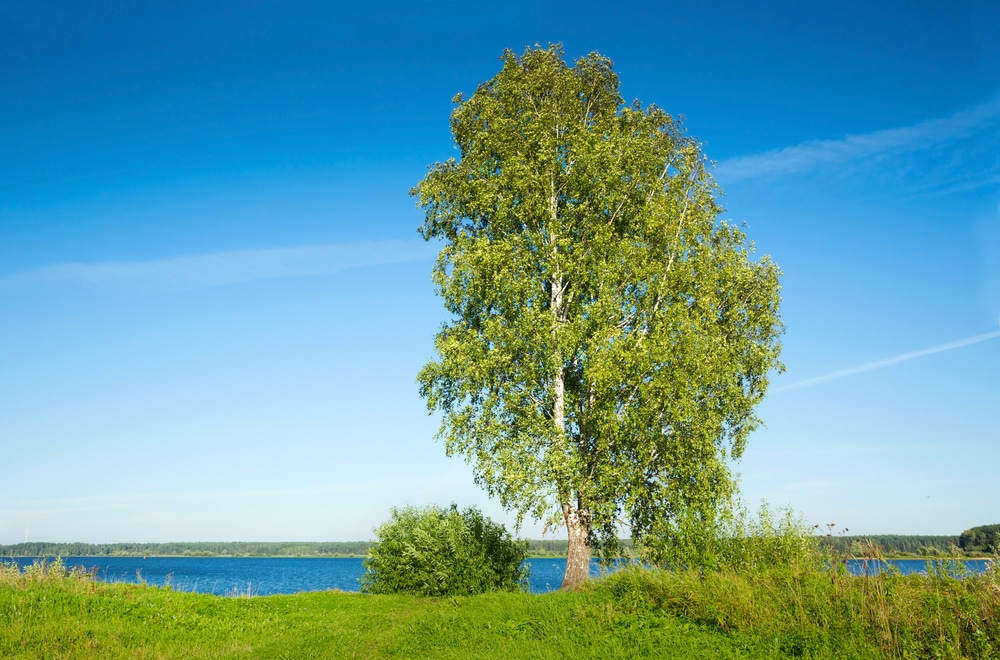Trees all have slightly different growth habits, including whether they grow as a single stem or multi-stem. A single stem tree has only one main trunk, while a multi-stem tree has multiple trunks, all growing from the same root system. Both have their own benefits and drawbacks, so it’s essential to know why each type of tree might be the right choice for your landscaping project. This article will compare single stem vs multi stem trees.
Single stem vs multi stem tree

Single stem trees tend to remain more compact and uniform in their growth, so if you’re looking for a neat and tidy tree for a small landscape or neighborhood area, this type of tree may be the way to go.
Single stemmed trees are also easier to prune and maintain, as there’s only one main trunk to worry about. They tend to live longer than multi-stemmed varieties, as the single trunk doesn’t divide the tree’s resources too much and leaves more for it to thrive.
On the other hand, multi-stem trees are often more interesting aesthetically, and they can provide more shade than a single-stemmed variety. This makes them perfect for larger landscapes or parks.
Multi-stem trees are more resistant to wind damage due to their multiple trunks providing support for each other. Although it’s important to note that multi-stem trees may require more maintenance as the number of trunks may make pruning more difficult.
Examples of single stem trees
Single stem trees usually have at least six feet on trunk between the ground and their lower branches. This helps the tree to stand strong, even in windy or stormy conditions. Some trees that grow with a single trunk include oaks, holly, bay trees, crab apple, and pine trees.
The benefits of single stem trees:
- Adds visual interest to your yard
- Provides shade
- Increased privacy in your yard
- Very easy to care for, prune and maintain
- Compact and neat looking
- Small tree varieties are available for smaller yards
Examples of multi stem trees
Some examples of trees that grow with more than one stem include silver birch, hornbeam, maidenhair tree, walnut, and sweet gum. Many varieties of magnolia also grow with multiple trunks.
These trees have a wider base which helps to add visual interest to your yard. However, as all the stems grow from the same rootstock they can be affected by root damage.
In time as the tree grows tall, it can become heavy, affecting the roots and causing the tree to fall over. Some trees need to be held in place with a cable or brace.
The benefits of multi stem trees include the following:
- Provide low interest in your yard
- Often used to break up large areas of ground
- Naturally interesting forms
- Can provide shade and privacy
- Can be planted singly or in groups
Conclusion
So when it comes to single stem vs multi stem trees, it really depends on the purpose of your project and what aesthetic you’re looking to achieve. Both types have their benefits, so weigh all the options before making your decision.
If you’re ever unsure about which type of tree to plant, it never hurts to consult with a local arborist. A tree expert can help you decide which type of tree is right for your landscaping project.
